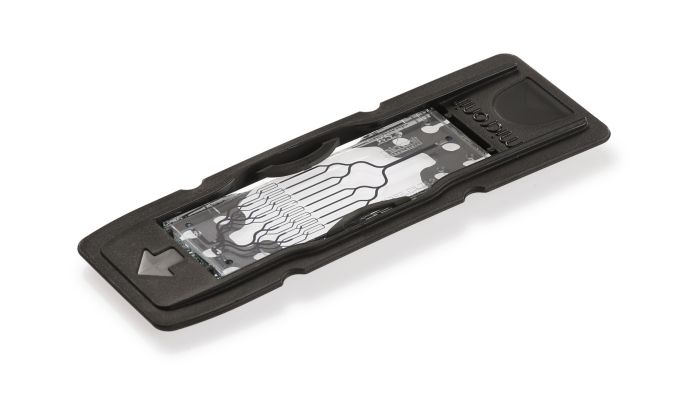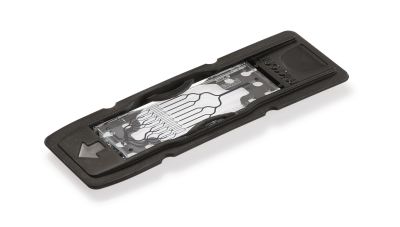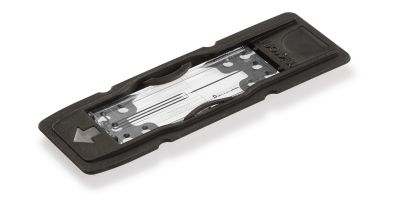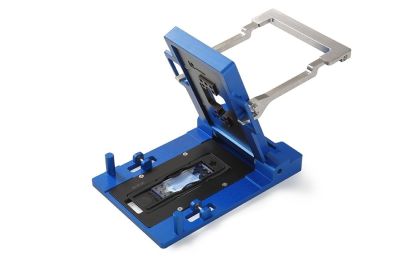shopping_basket
Parallel droplet generator - 8 nozzles, 75µm - coated - topconnect
SKU
11002067
Availability:
check_circle In stock
$1,031.61
per pack of 3
Pack of 3 coated parallel droplet generators with 8 nozzles.
Looking for a way to scale up your experiment? Then replace your single droplet generator with this parallel droplet generator and increase your production rate by eight times! The chip contains eight nozzles which share mutual inlets and an outlet, so only three external connections are required.
This pack contains three parallel droplet generators with nozzles etched on both sides. The chips are similar in functionality to the , but have eight nozzles.
It could be preferential to first build your setup with a single nozzle droplet generator before using the parallel droplet generator with eight nozzles. For example, if your supply of sample material is limited or expensive (eight nozzles use eight times as much sample material) or if you are trying to build understanding of how the droplet size responds to changing parameters (one nozzle is easier to understand than eight nozzles that influence each other).
| Unit of measurement | pack of 3 |
|---|---|
| Alternative item references | 02067, DGFF.P8.75 |
| Interface type | Topconnect |
| Chip material | Borosilicate glass |
| Chip thickness | 1900 µm |
| Channel location | The chip consists of 3 layers, each layer contains channels |
| Number of inlets | 2 |
| Number of outlets | 1 |
| Fluids | Water droplets inside an oil flow (coated, hydrophobic surface) |
| Nozzle size | 75µm |
| Icon | Label | Description | Type | Size | Download |
|---|---|---|---|---|---|
 | DGFF.P8.75 - Parallel droplet generator 75µm, 8 junctions -Drawing | 458.8 KB | Download |
Customer Questions
We found other products you might like!
- Droplet generation setup - topconnect (no pumps included)
From $2,132.84
To $12,779.65
- Product bundle with interfacing and microfluidic chips
From $2,132.84
To $26,951.83





